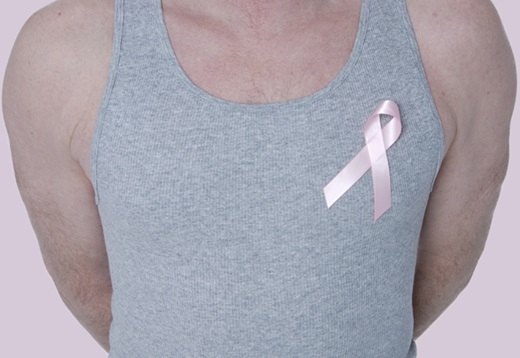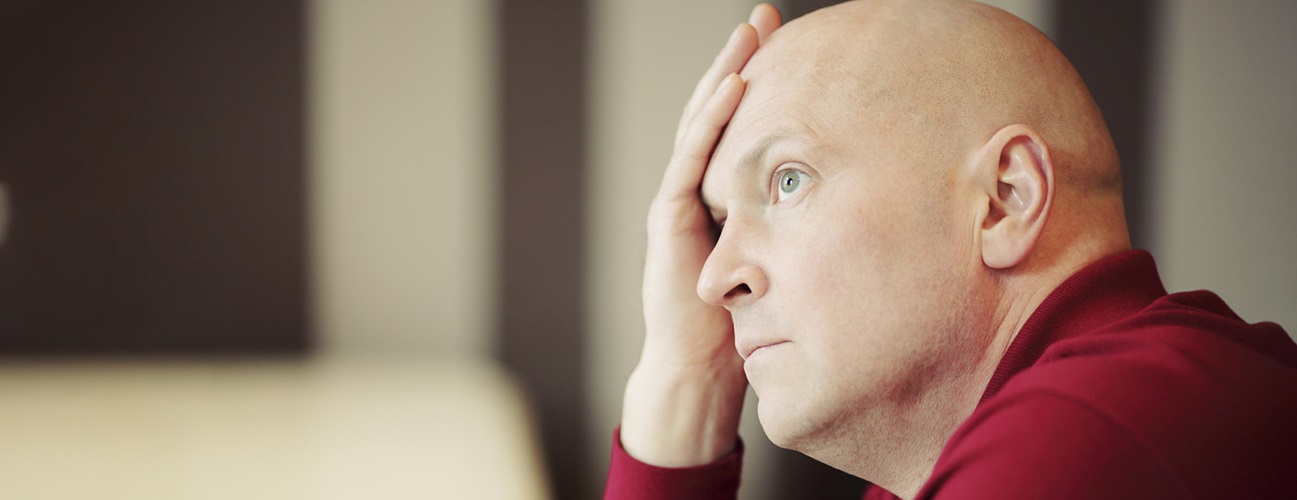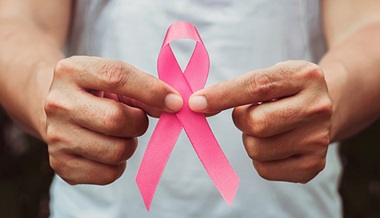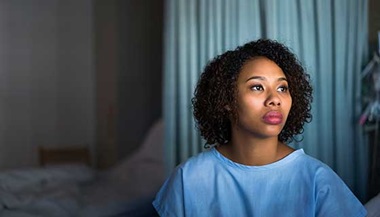Male Breast Cancer: A Rare, Increasing Trend
The color pink isn’t exclusive to women, and neither is the disease that it often represents: breast cancer. While breast cancer is more than 100 times more common in women than men, men are much less likely to detect breast cancer early on.

When addressed with standard treatment, breast cancer survival rates are the same in men and women. But key differences occur in diagnosis and screening — and the results are less than favorable for men. Men are more likely to ignore a lump in their breast and tend to present at higher stages than women.
This trend is believed to be the primary factor contributing to the 25 percent higher mortality rate for male breast cancer compared to female breast cancer.
Once the disease has spread to the lymph nodes, which is more common among men, it requires more aggressive treatment and can increase the likelihood of developing a second cancer. Men who have had breast cancer have a higher risk for developing cancer in the opposite breast, melanoma and prostate cancer.
Historically, the issue has been compacted because men weren’t being offered the traditional breast cancer regimen provided to women. Standard treatment for male breast cancer includes a combination of chemotherapy, hormone therapy and mastectomy.
Greater awareness among men and their health care providers is the most critical element of lowering the incidence of male breast cancer. Additional risk factors for male breast cancer include obesity, older age, radiation exposure, a family history of breast cancer, overdeveloped breast tissue (or gynecomastia), exposure to estrogen and heavy alcohol use.
Talk to your doctor if you notice a change in your breast. Visit the Johns Hopkins Breast Center to learn more about treatment for male breast cancer.






